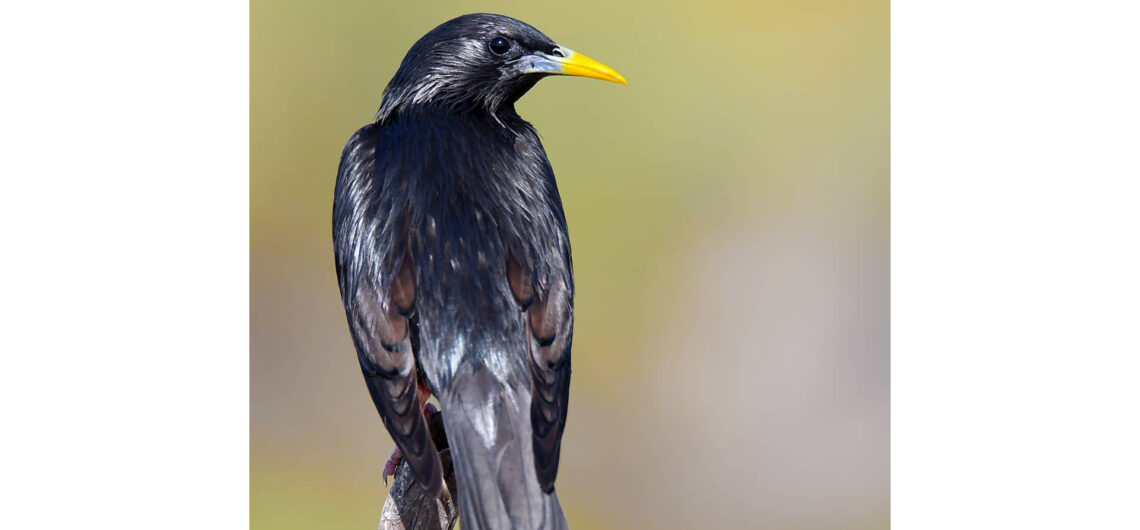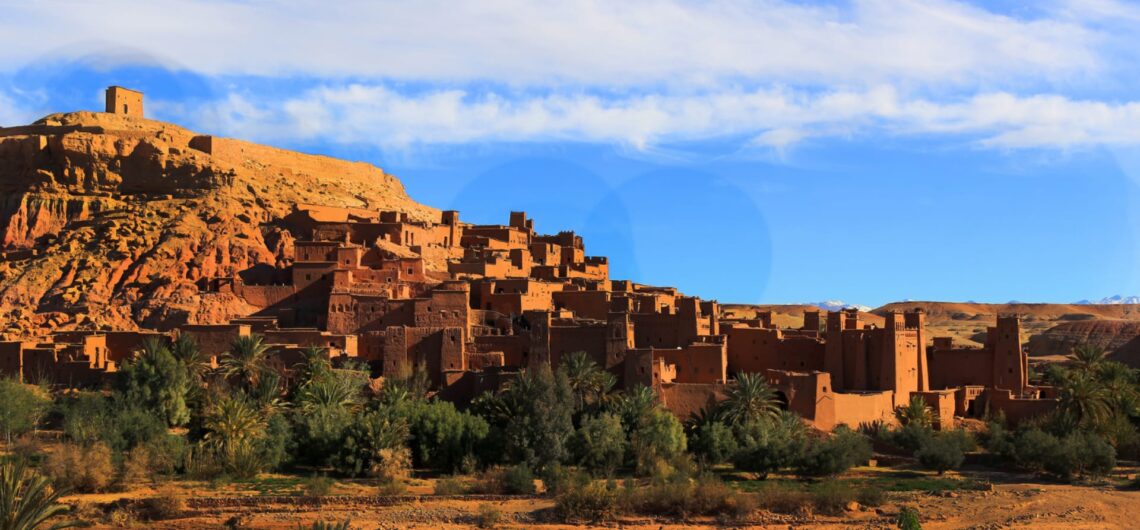The Marvelous Moroccan Magpie: Nestled among the captivating landscapes of Morocco, from the vibrant Atlas Mountains to the fertile plains, lives an avian gem that often catches the eye and heart of nature enthusiasts—the Moroccan Magpie (Pica pica mauritanica). This striking bird is more than just a feast for the eyes; it’s a testament to the wonders of adaptation and survival in diverse habitats. Let’s explore what makes this magpie so special.
A Unique Subspecies
The Moroccan Magpie is a subspecies of the Eurasian Magpie, but it stands apart with its own unique charm. Its plumage is a dazzling mix of glossy black and crisp white, with flashes of blue and green shimmering on its wings and tail. What really makes it stand out is the striking blue patch behind its eyes—a feature its European relatives don’t share. It’s also slightly smaller, giving it a delicate, almost playful appearance.
Primarily found in Morocco, this bird also stretches its wings into parts of Tunisia and Algeria, making it a true North African treasure.
Habitat and Behavior
The Moroccan Magpie is a master of adaptation. It thrives in a variety of landscapes, from open woodlands and agricultural fields to urban areas. It’s not uncommon to spot these birds hopping gracefully on the ground or perched on low branches, chattering away with their distinctive calls.
These magpies are social creatures, often seen in pairs or small groups. They’re known for their strong bonds and cooperative behaviors, which make them fascinating to observe. Plus, they’re incredibly intelligent—problem solvers with a curious streak that keeps them exploring their surroundings.
Diet and Foraging
The Moroccan Magpie isn’t picky when it comes to food. As an omnivore, it enjoys a varied diet of insects, small mammals, fruits, grains, and even carrion. Their foraging habits are a mix of careful ground-scanning and opportunistic scavenging. This not only keeps them well-fed but also makes them valuable to the ecosystem, as they help control pests and clean up waste.
Cultural Significance
The Moroccan Magpie is more than just a bird—it’s a symbol woven into the fabric of local culture. In Moroccan folklore, it’s often seen as a clever and resourceful creature, appearing in tales and proverbs that highlight its intelligence. For birdwatchers and nature lovers, spotting a Moroccan Magpie is a moment of pure joy, a highlight of any trip to this beautiful country.
Conservation Status
While the Moroccan Magpie isn’t currently endangered, it faces challenges like habitat loss and urbanization. Protecting its natural habitats and finding ways to coexist with human development are key to ensuring this charismatic bird continues to thrive. After all, it’s a living reminder of the beauty and resilience of Morocco’s wildlife.
Spotting the Moroccan Magpie
If you’re planning a trip to Morocco, keep your eyes peeled for this delightful bird. Whether you’re hiking the foothills of the Atlas Mountains or wandering through the countryside, the Moroccan Magpie is a sight you won’t want to miss. Don’t forget your binoculars and camera—its shimmering feathers and spirited personality are worth capturing!
The Moroccan Magpie is more than just a bird; it’s a symbol of Morocco’s rich natural heritage. Its beauty, intelligence, and adaptability remind us of the wonders that thrive in this diverse land. So, next time you’re in Morocco, take a moment to appreciate this feathered gem—it might just steal your heart.



